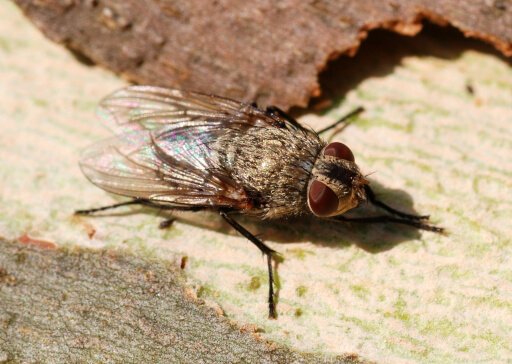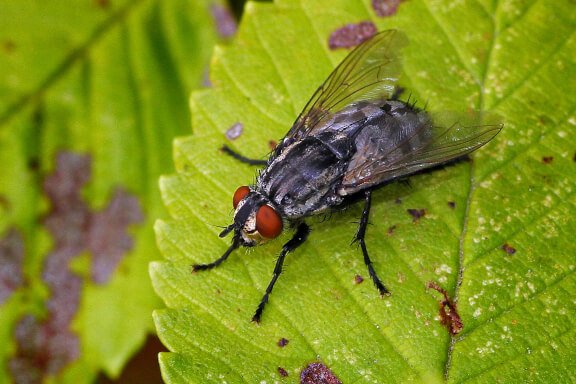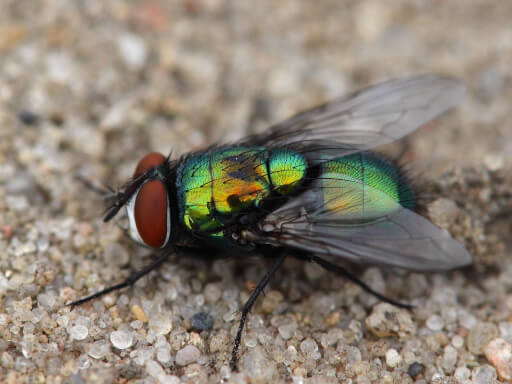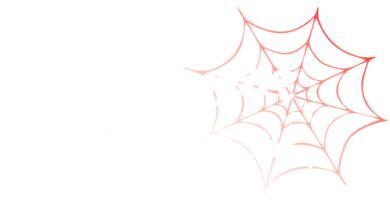Contact us today for a free no-obligation quote
Flies
Flies are more than just a nuisance pest; they carry diseases such as typhoid, dysentery, cholera, tuberculosis and salmonella which can be spread to humans. The lifecycle of a fly consists of four phases: egg (hatching within a day), larva (about one week), pupa (up to one week) and adult (two to four weeks).
Most flies overwinter in the adult phase and are dormant during the colder months. Diseases are carried on the legs and mouth parts and are transmitted to food whilst walking on and eating food. Good hygiene, removal of food scraps and covering of food are all important.

Alvesgaspar / Creative Commons
Cluster flies (mostly Pollenia rubis) are about 7 mm in length and usually slow-moving. Parasites of earthworms, adults appear throughout summer and autumn. They are not a human health or hygiene hazard but are a nuisance.

Philippe Garcelon / Creative Commons
House flies (Musca domestica) are between 4 – 8 mm long, have a grey thorax with four stripes. Extremely widespread and capable of transmitting diseases to humans.

gbohne / Creative Commons
There are several species of blowfly in New Zealand. About 14mm long, they feed on decaying flesh and can cause flystrike in sheep. Around the home, exposed meat in summer can quickly become contaminated with blowfly eggs.
For long term fly management it is important to have a rigorous integrated pest management (IPM) program. Identification of species and breeding areas are important to successful treatment as is the management of environment to reduce the attractiveness to flies.
